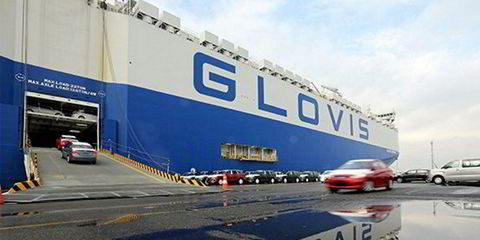Shipbroker Fearnleys sees a relatively balanced market for LNG shipping for the next two years but is looking ahead to an improved charter rate picture in the fourth quarter.
Fearnresearch senior analyst Gonzalo De Arteaga told delegates to the 12th Annual Capital Link Shipping & Marine Service Forum that Fearnleys expects 2020 should bring some recovery in LNG trade distance as new liquefaction comes onstream, much of it in the US.
Speaking during London International Shipping Week, he said this points to increased tonne-mile growth. But in 2021, a fall off in new liquefaction is forecast, making market forecasts more challenging, particularly when looking at the high number of newbuilding deliveries due.
“In our view, it [the market] will be relatively balanced with some tendency to tightness,” De Arteaga said.
“When we move into 2023 to 2025, no matter what scenario you use the market still needs more vessels,” he said, adding that Fearnleys sees a deficit of 100 LNG carriers by 2025.
De Arteaga said the average rates for tri-fuel diesel-electric LNG carriers in the period from January to August were $53,000 per day, around 10% down on the daily levels of $60,000 seen in 2018.
Explaining the comparative weakness of spot market rates seen this year against 2018’s levels, he said while delivered LNG for the period from January onward shows 13% growth, up from 7% for 2018, the average shipping distance is down almost 8%, compared to 5.6% growth in 2018.
De Arteaga said the tonne-mile figure for LNG shipping demand is still growing – up at 6% for the period to date this year, but it is low when compared to the 13% rise year-on-year seen in 2018.
The figures for 2019 are compounded by a fleet growth figure of 8% to 9% for 2019.
The analyst blamed the increase in intra-basin LNG trading in Asia for the drop in tonne-miles, although this has started to reverse in recent months.
Coupled with this, LNG prices are low. “The global market for LNG is well covered if not oversupplied,” he said.
But Fearnleys is expecting to see some repeat in the take up of vessels for use to store cargoes afloat this winter.
De Arteaga said that commonly there are 10 to 20 laden vessels waiting with this figure peaking at 50 over the end-year period for 2018.
“This is a little bit of what the market is expecting this year,” he explained, and while players are likely to try and be more prepared this year they will likely still need to float some cargoes as the LNG will keep flowing.
“Everyone is looking into the end of September or the beginning of October to see how the market reacts.”
Read all our London International Shipping Week coverage at tinyurl.com/twlisw2019.






